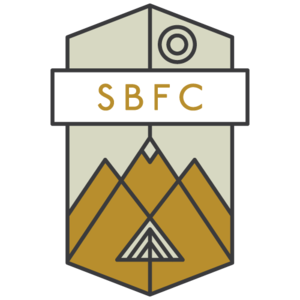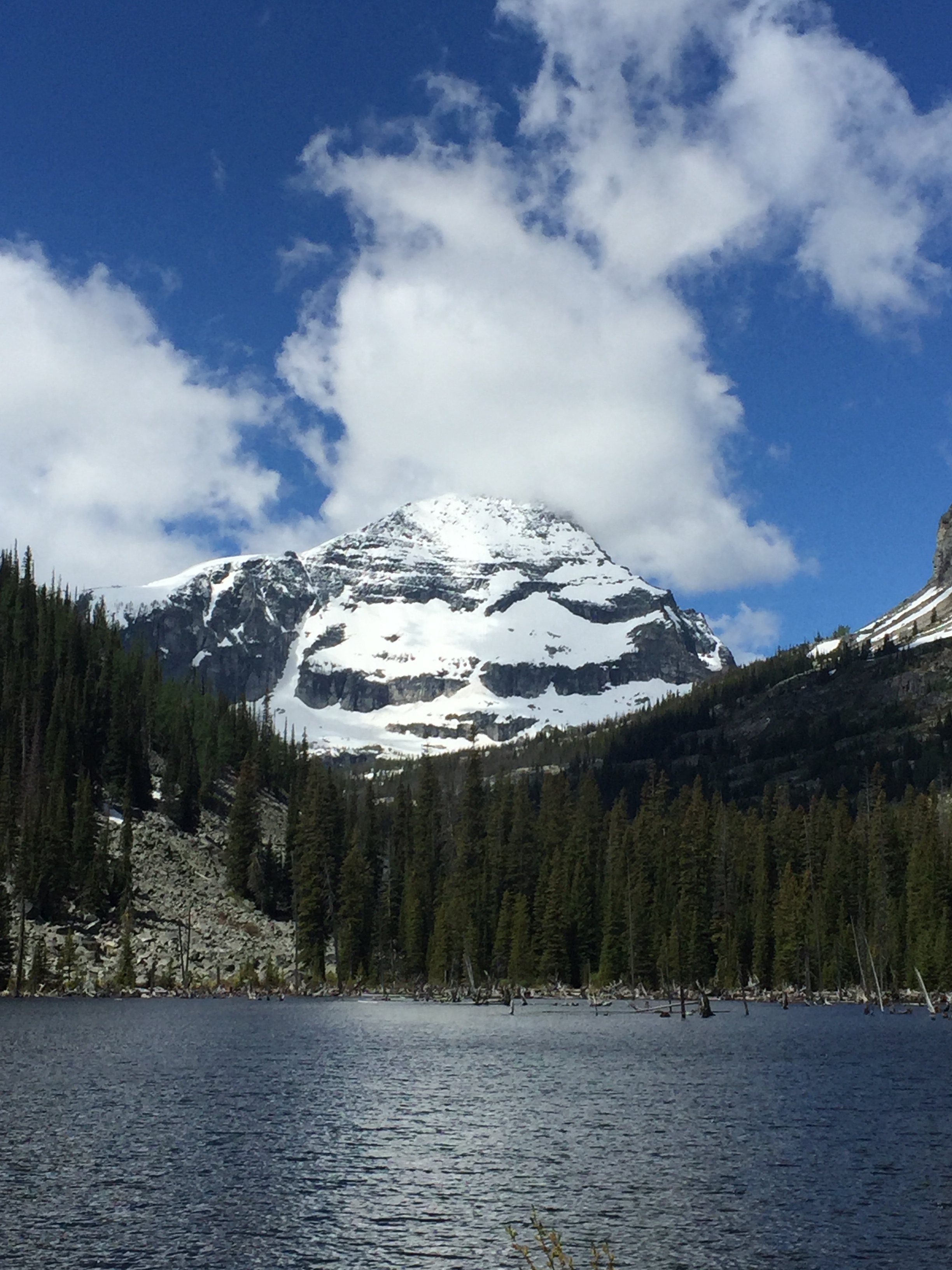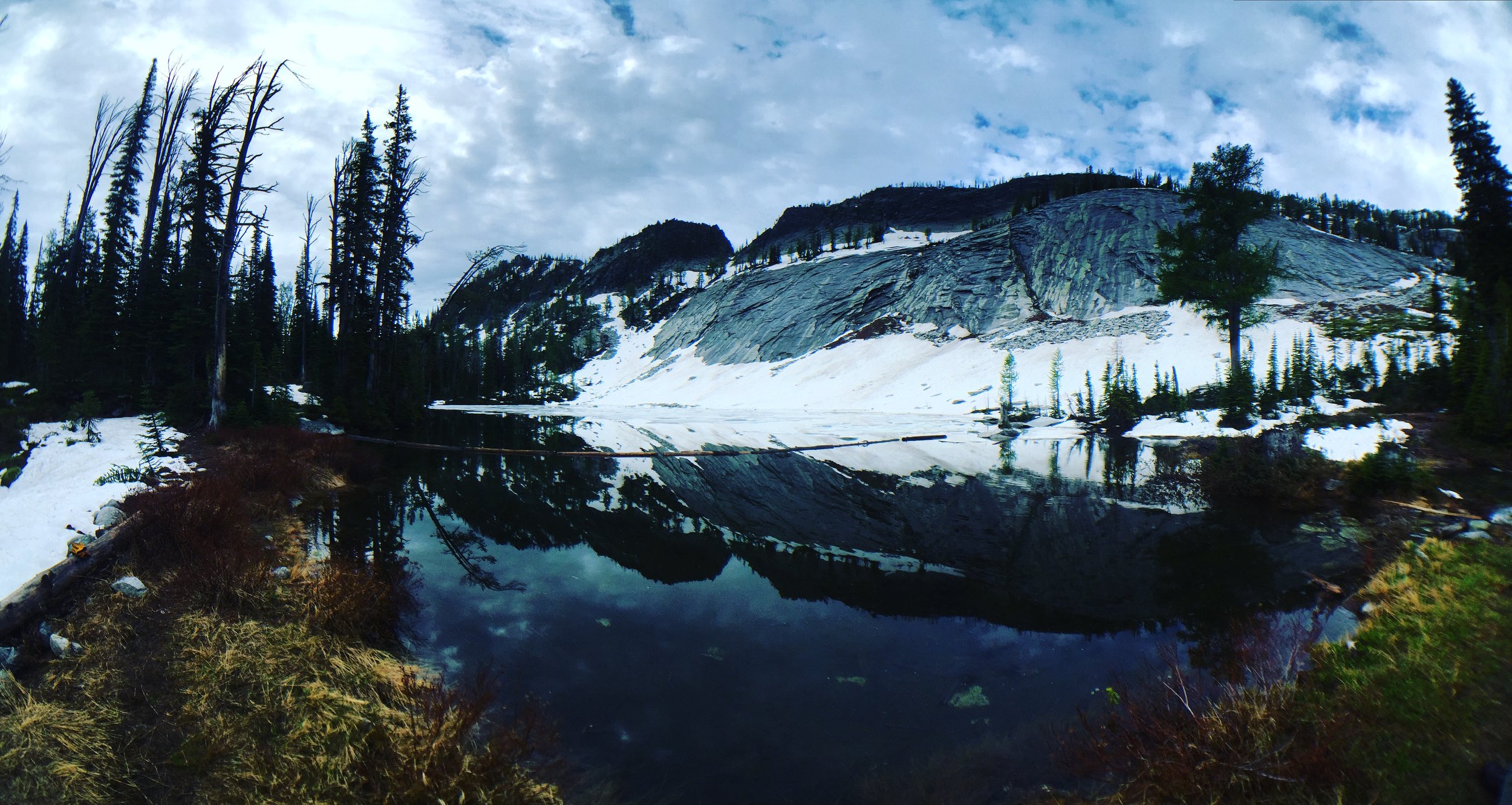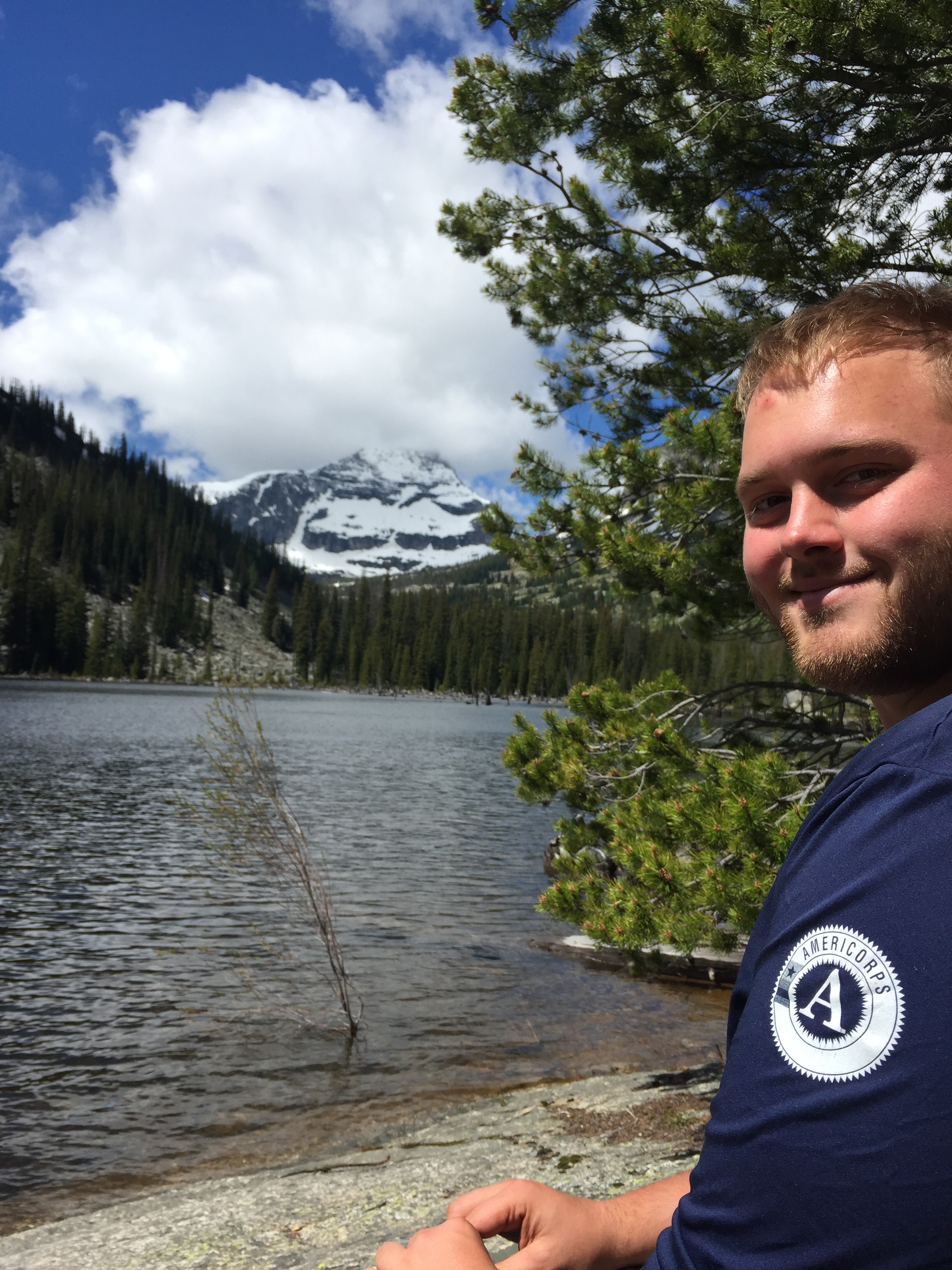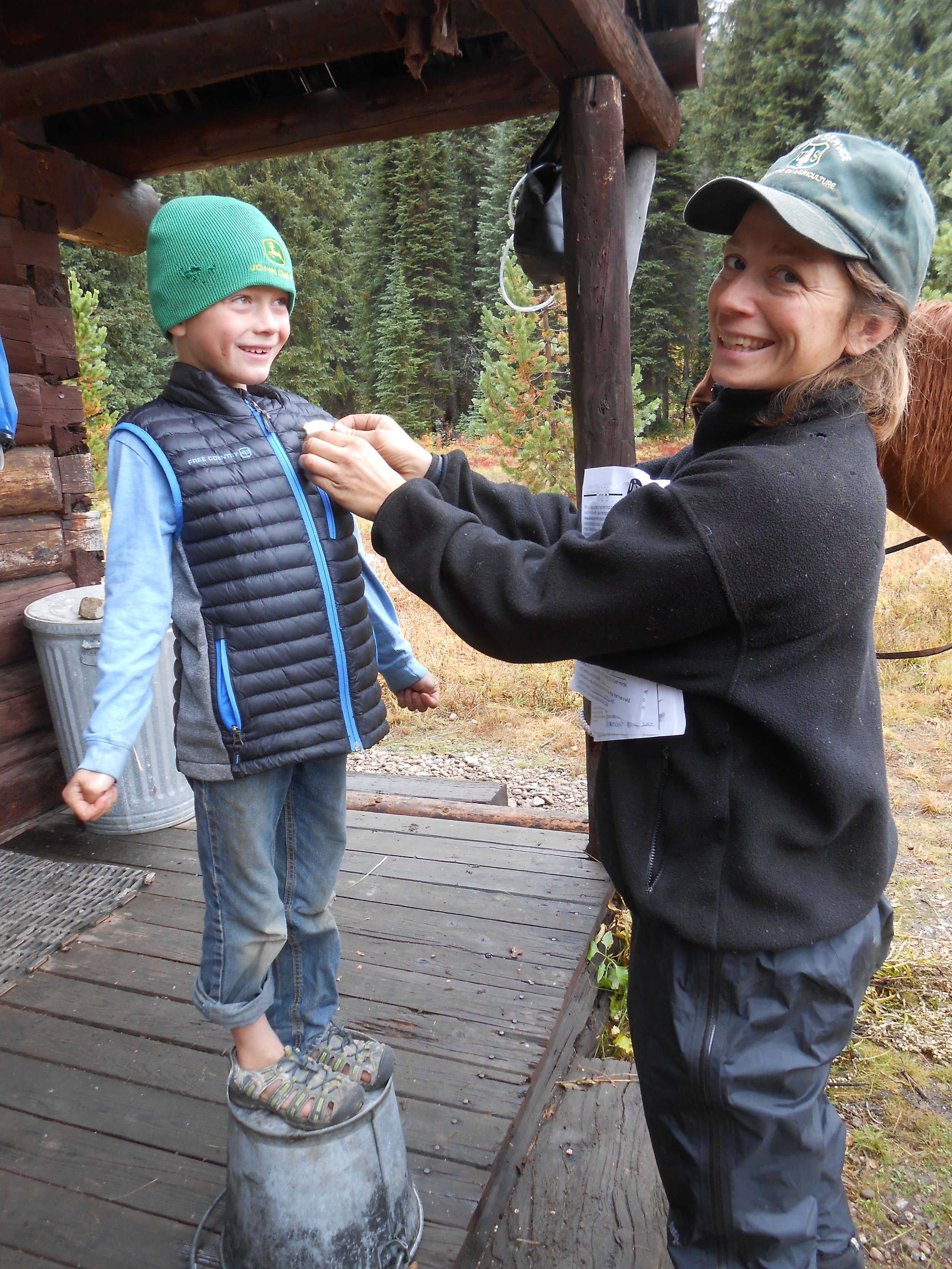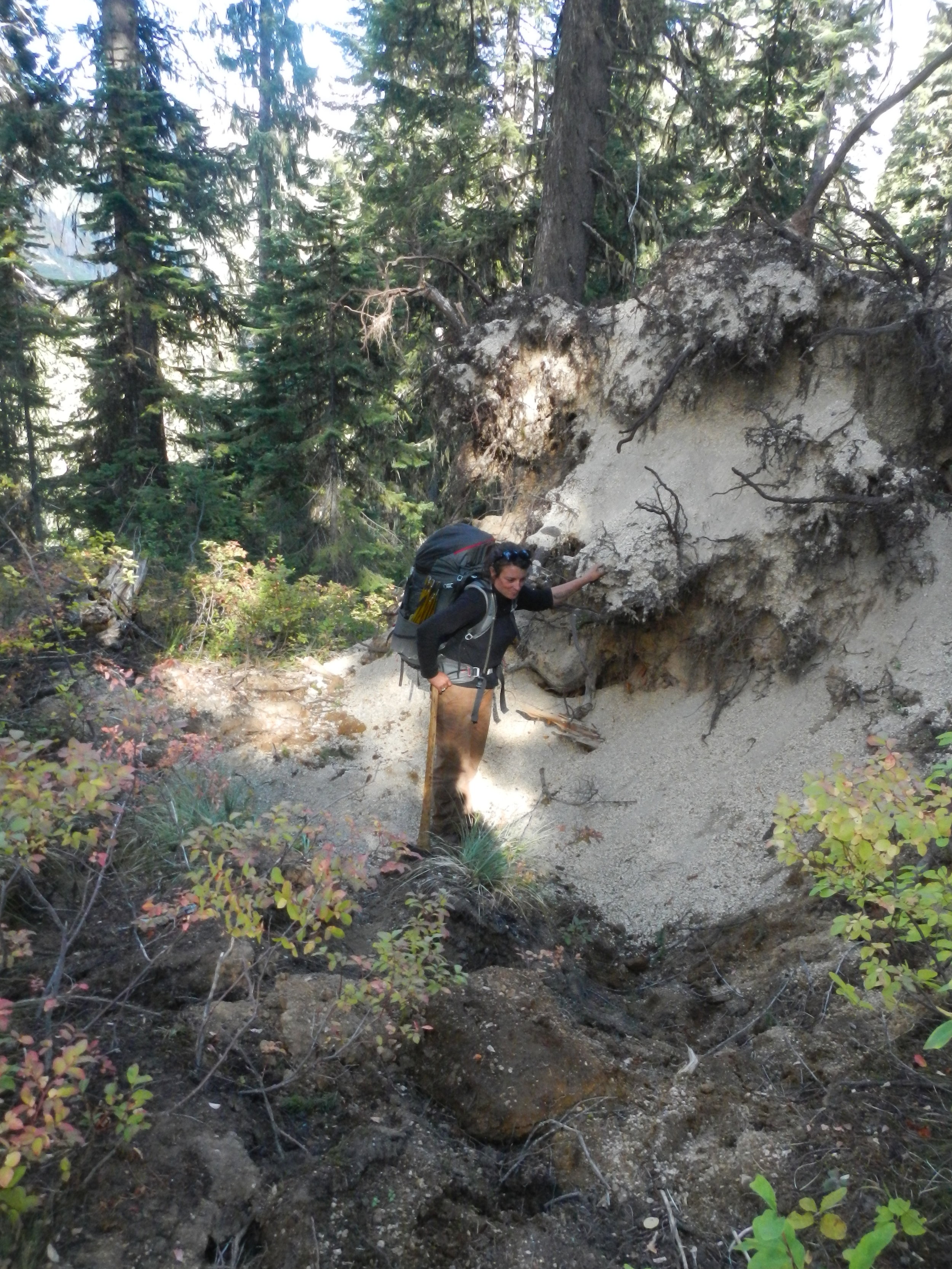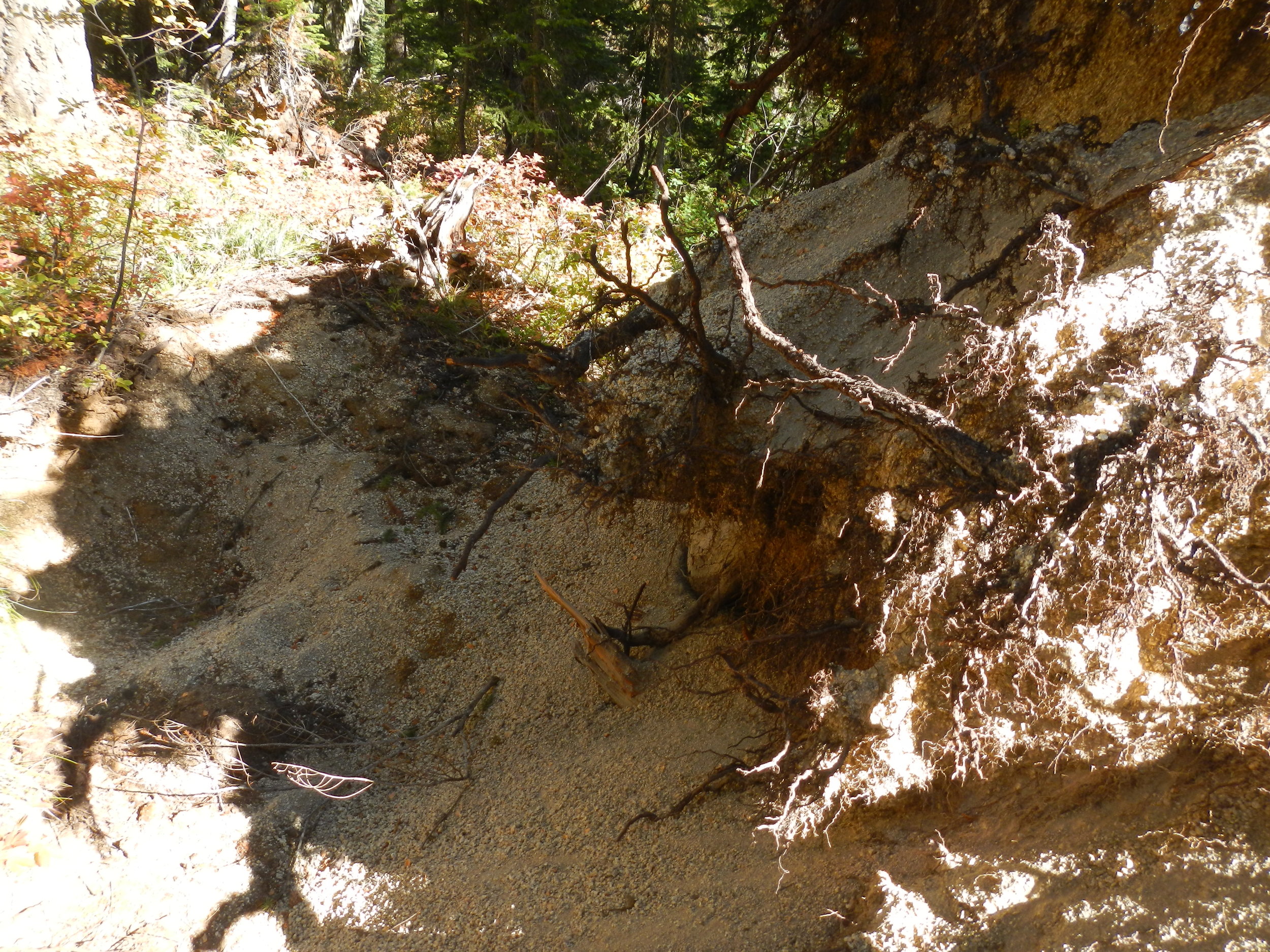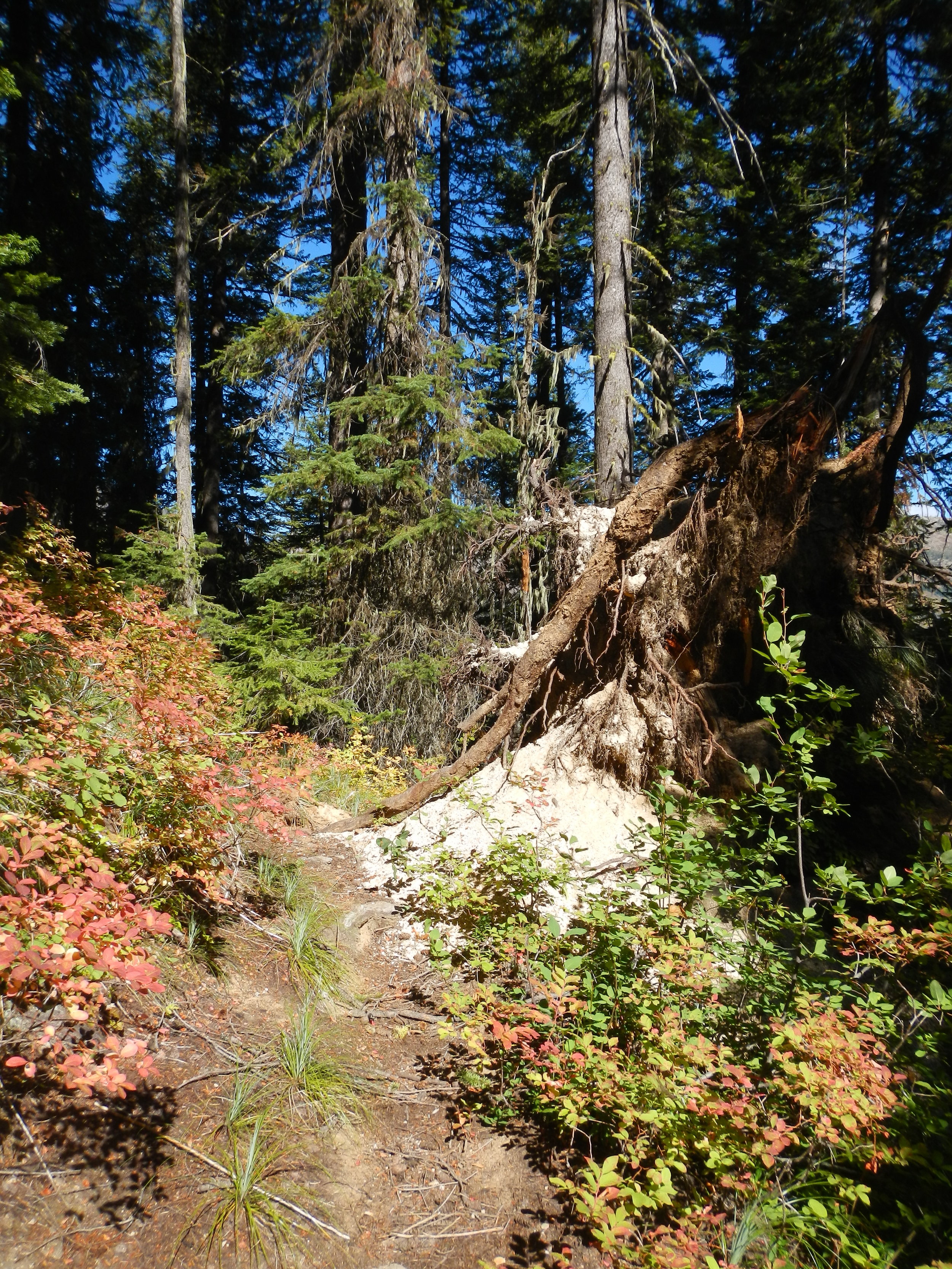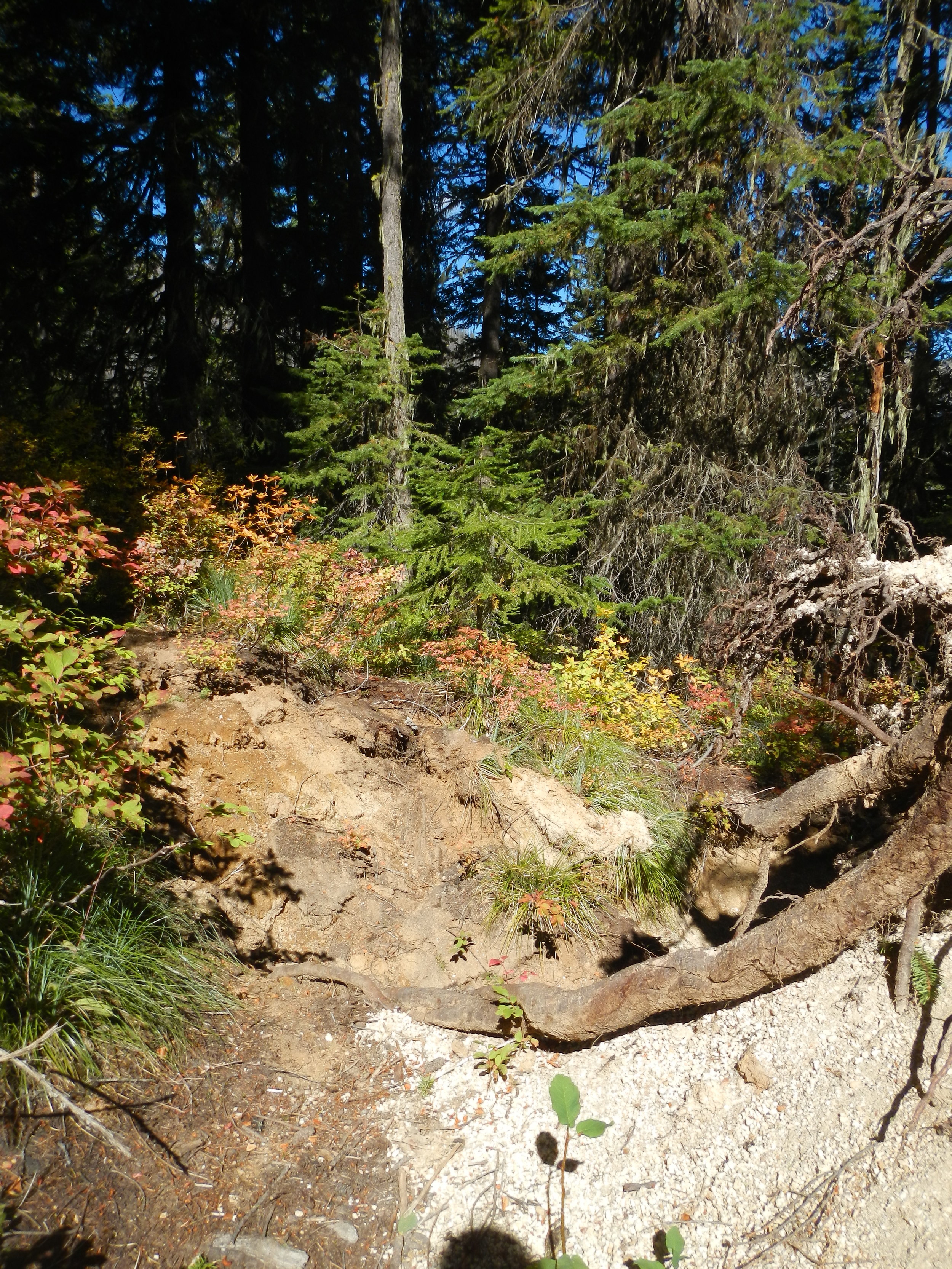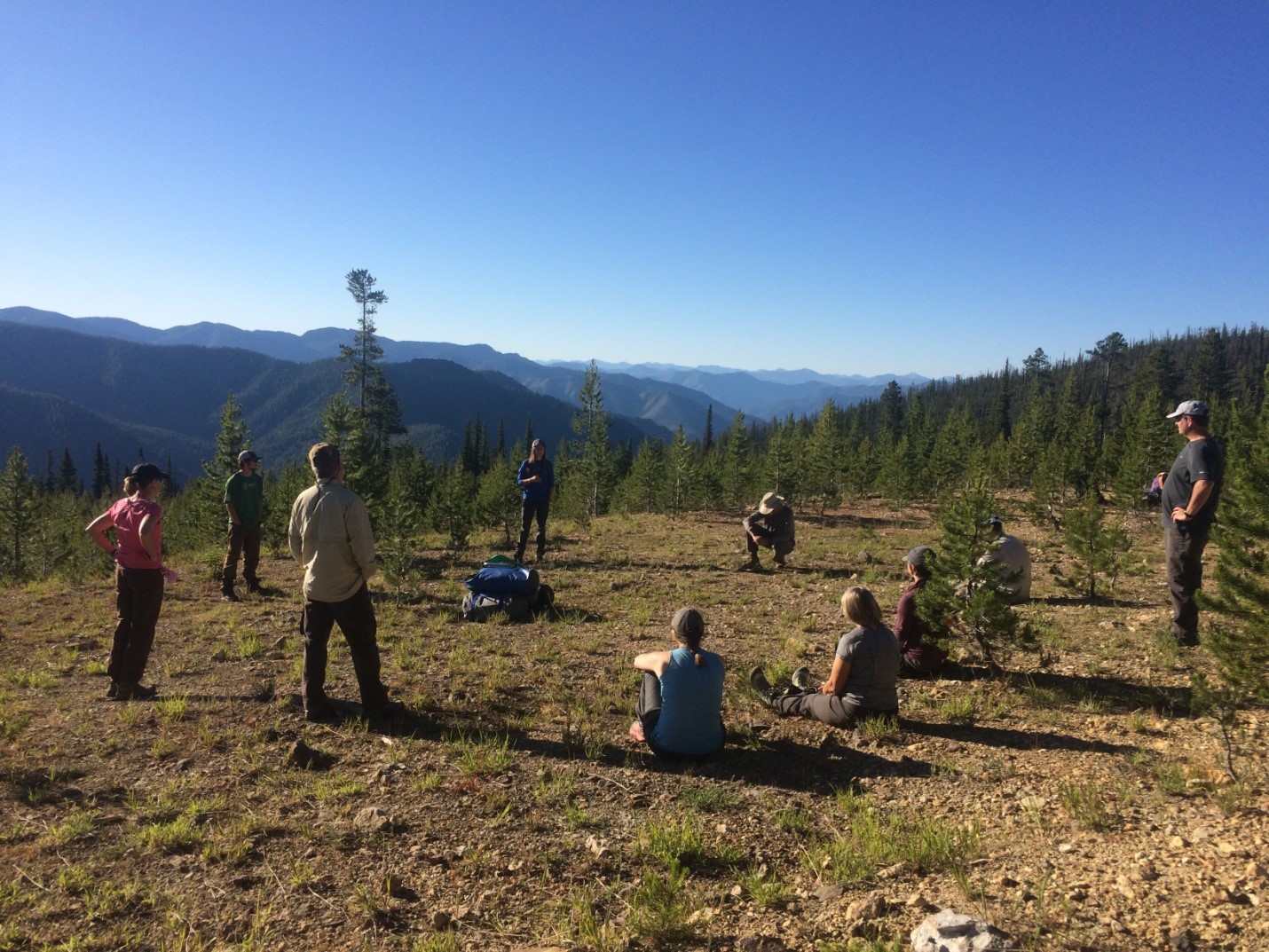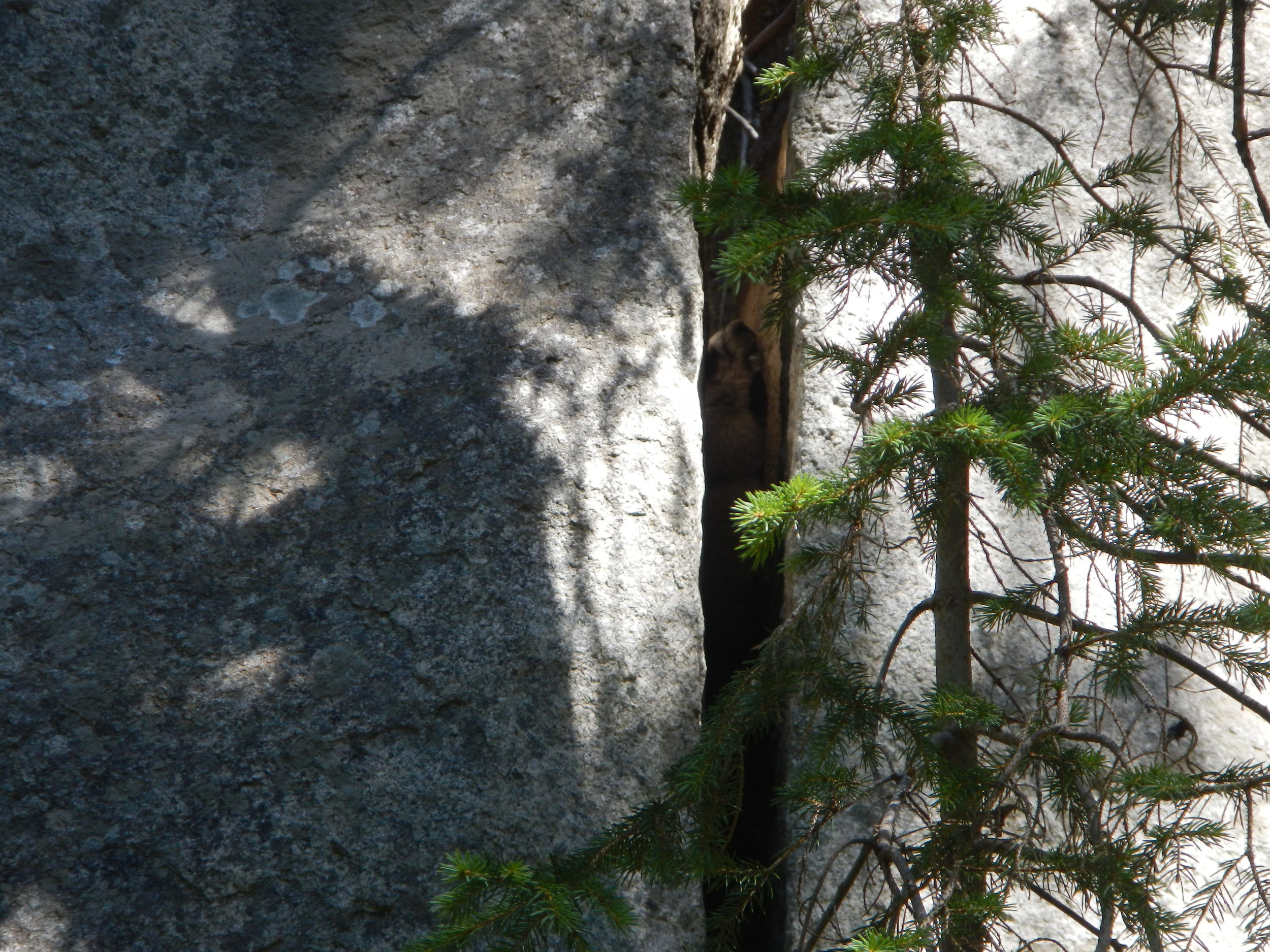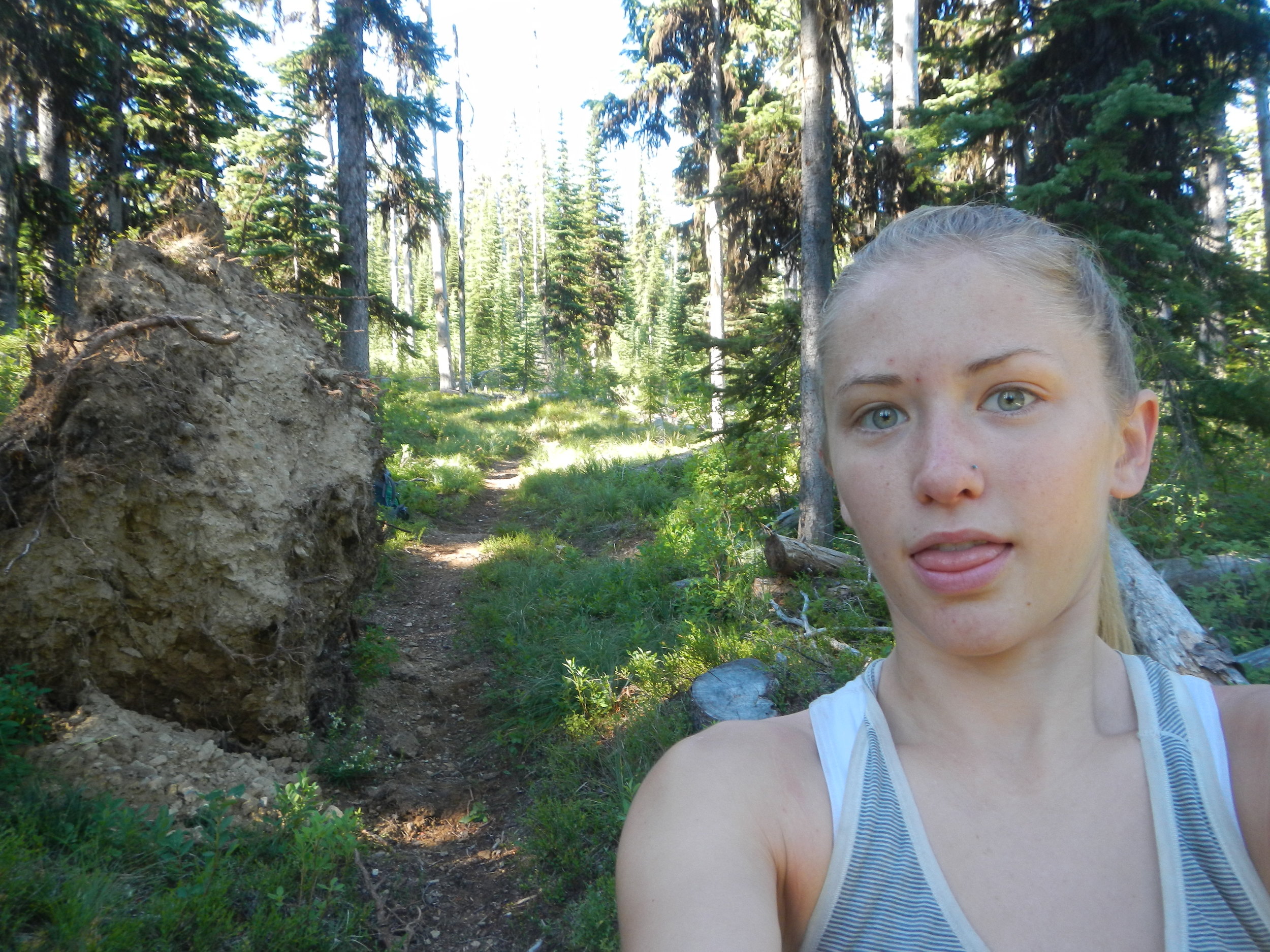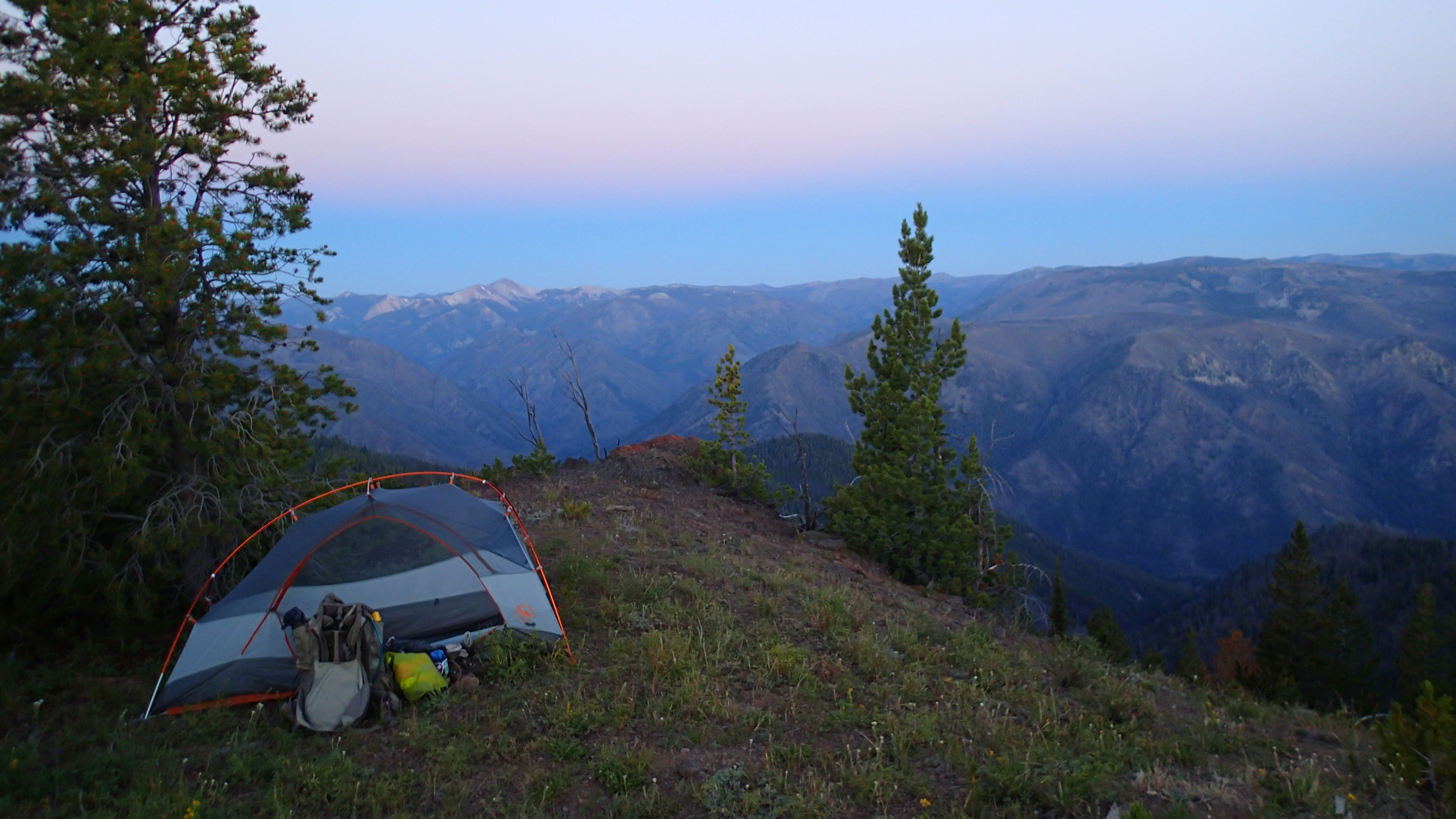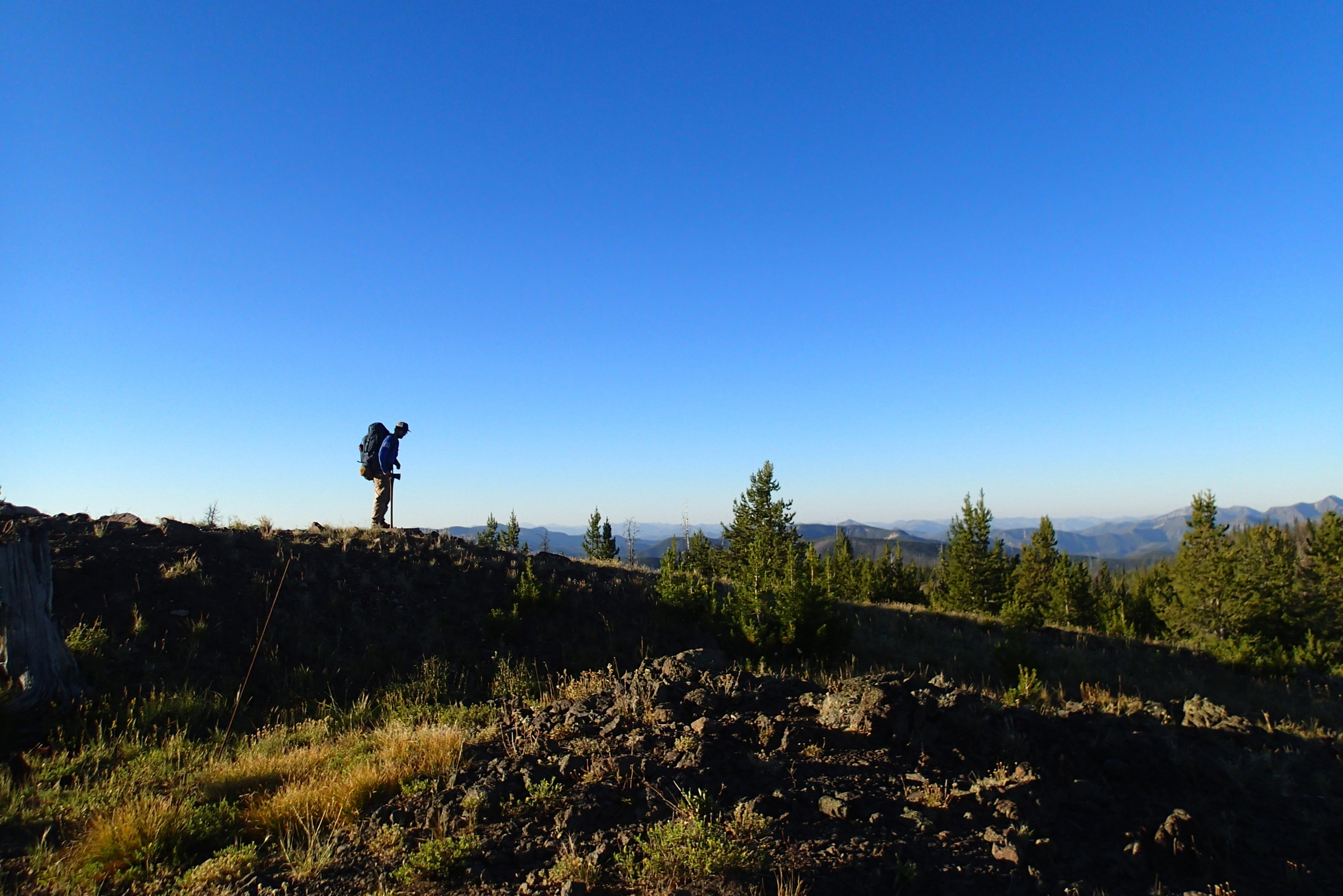Matthew Hutchins – Wilderness Ranger Intern
Christopher Newport University
Rock Creek & Little Rock Creek, Kootenai Creek, Sheafman Creek
June 13-18
Bitterroot National Forest
Our adventure to the Bitterroot Mountains was full of surprises for me and SBFC Intern, Ethan Spoerry. We started our first three days on Little Rock Creek Trail, which was a stunning walk into the woods above Lake Como. It was the beginning of a long summer full of hard and dirty work. I had been well prepared by my training, and I was ready to get to work. The first day came and went having done a few miles of trail clearing. The first night we camped less than a mile from the lake, our spirits were high from our first day on the job. The next day we cleared all the way to the lake and spent most of the day campsite monitoring as well enjoying the stunning lake in the mountains. The final day we spent clearing a few more miles of trail and began to get a better handle on the axe, crosscut, and silky.
After a welcomed night in a warm bed, we set out for another mini trip on Kootenai Creek trail hoping to spend the last five days of this hitch clearing the trail to the lake. That plan quickly changed as the weather got progressively worse as the day when on. What started out as a sprinkle, ended as a deluge. We had only hiked about 5 miles in the rain clearing only 15 trees. Our spirits were tested due to most of our stuff getting soaked. I began to question the reason I had come out here and how willing I was to deal with the rain and pain. The morning did not bring much hope as we packed our wet gear in the rain and set out for the lakes. The weather started to clear up a bit but we soon encountered a stream with unseasonably high flows, too dangerous to pass. For a couple of tense minutes we debated about attempting to cross the stream, but finally decided to not take the risk. We turned around and hiked the long 6 miles out, frustrated that we had only cleared a few trees along our way.
Another night in our bed did not seem deserved, but we made a plan for Sheafman trail for the next day. We started in the morning facing a large log not far from the trail head, a foreshadowing of the day ahead. We hiked only about 2 miles the whole day clearing 80 trees. This day was one of the best, we felt great the whole time and felt as though our work was making a dent in the trail. The second day was a bit tougher; we reached the lake but not after many sore muscles and many bumps and scratches on our bodies. My bones were beginning to feel all the work that we had been doing the past week. That night we camped at what seemed to be the only two spots that weren’t covered in snow. The next morning we woke to beautiful weather and soon learned that we had not camped at the lake, but camped at the Sheafman Lake overflow. We decided to try and find the second lake by hiking 500 feet up in less than ¾ of a mile with much success. Most of the trail was under snow and impossible to find, we made our way to one of the most beautiful places I had ever seen, Knack Lake, a powerful sight. We took some pictures but campsite monitoring was impossible due to snow still covering the ground. We turned around and headed down the trail. After clearing another 30 some trees on the way back, we ended our first hitch in our favorite burrito shop in town just trying to refill our belly with fresh, tasty food. The feast was well earned after a difficult but wonderful beginning of our summer.
